Introduction to Tarot
The art of tarot reading is as enthralling as it is enigmatic. While often associated with fortune-telling, the origins of tarot cards are rooted in card games of the 15th century. Initially known as trionfi, or triumphs, these cards were used for playful endeavors in Renaissance Europe. The standard deck comprised suits similar to modern playing cards, but with the addition of trumps or tarocchi, a word likely derived from the Taro River in northern Italy. These tarocchi decks evolved from mere game pieces to tools of divination, embodying a deeper psychological and mystical significance over time.
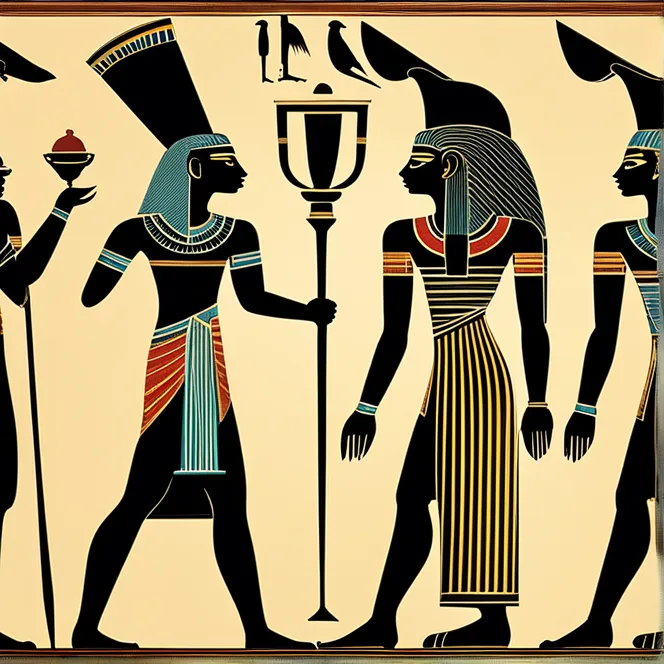
Transformative Progression
Tarot’s transformation from game to mystical guide was gradual. By the 18th century, the cards became enveloped in occult lore. Antiquarians like Antoine Court de Gébelin postulated that tarot cards concealed ancient, esoteric knowledge, possibly from Egyptian mysteries or the Kabbalah. However, little evidence supports these mythical origins. It was not until later, when figures such as Jean-Baptiste Alliette and Eliphas Lévi aligned tarot symbolism with astrology, that the link between tarot and the celestial pattern was established, setting a basis for future astrological correspondences.
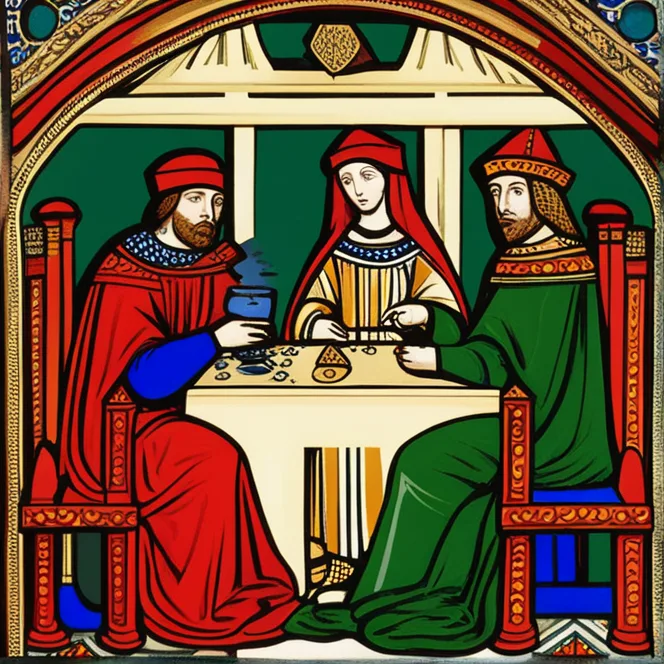
Rise in Mystical Use
The 19th and 20th centuries marked the surge in the esoteric use of tarot cards. With movements like the Hermetic Order of the Golden Dawn, tarot became an integral part of Western esotericism. Members, including prominent figures like Arthur Edward Waite, created tarot decks designed specifically for divination rather than play. The Rider-Waite-Smith deck, published in 1910, became one of the most widely recognized and used tarot decks for divination, featuring symbolic imagery that intertwined various philosophical, astrological, and Kabbalistic elements.
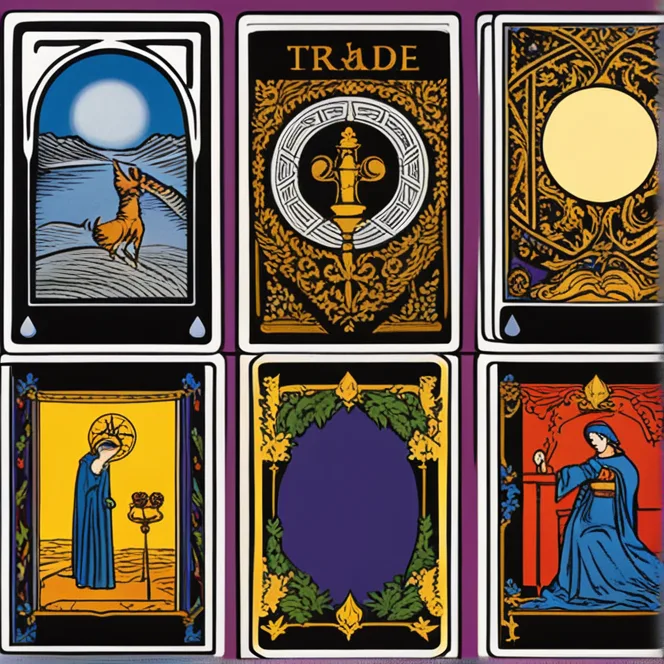
Modern Adaptations & Legacies
In the contemporary era, tarot has a firm grasp on popular culture, with countless new decks emerging, each proposing a unique artistic interpretation of traditional symbolism. Accessibility to tarot readings has expanded with digital platforms, enabling insightful readings at a global scale. Moreover, tarot has been seamlessly woven into a variety of spiritual practices and continues to serve as a tool for introspection and decision-making amid the complexities of modern life.

Astrological Intersection
As astrological practices move into 2024 and beyond, tarot readings regularly incorporate zodiacal elements, enhancing the interpretive power of the cards. This synthesis offers personalized insights and forecasts, capturing the energetic shifts of the cosmos. Each card in particular resonates with astrological archetypes, providing a canvas for the reader to draw connections between the individual's birth chart and their current path or challenges they may face.
Published: 12/15/2023
Modified: 12/18/2023
More predictions
Come back here soon to learn more about yourself and your future

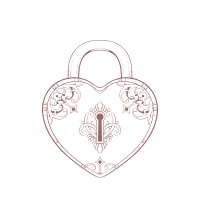
The Essence Of Tarot's Eight of Cups
Dive into the meaning of the Eight of Cups tarot card, interpreting its guidance for personal growth and destiny choices.
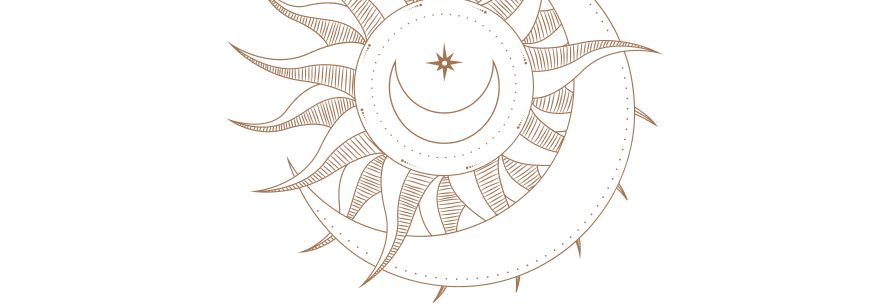
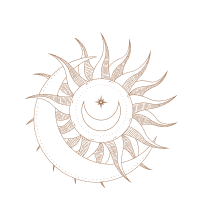
Insightful Tarot Questions for Guidance
Discover effective questions to ask during tarot readings for personal insight and growth.
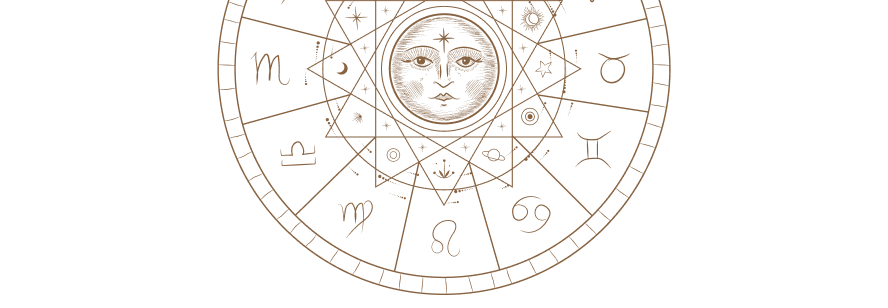
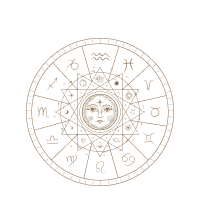
Daily Tarot Wisdom
Discover insights and guidance with our daily tarot card readings aligned with current astrological influences.